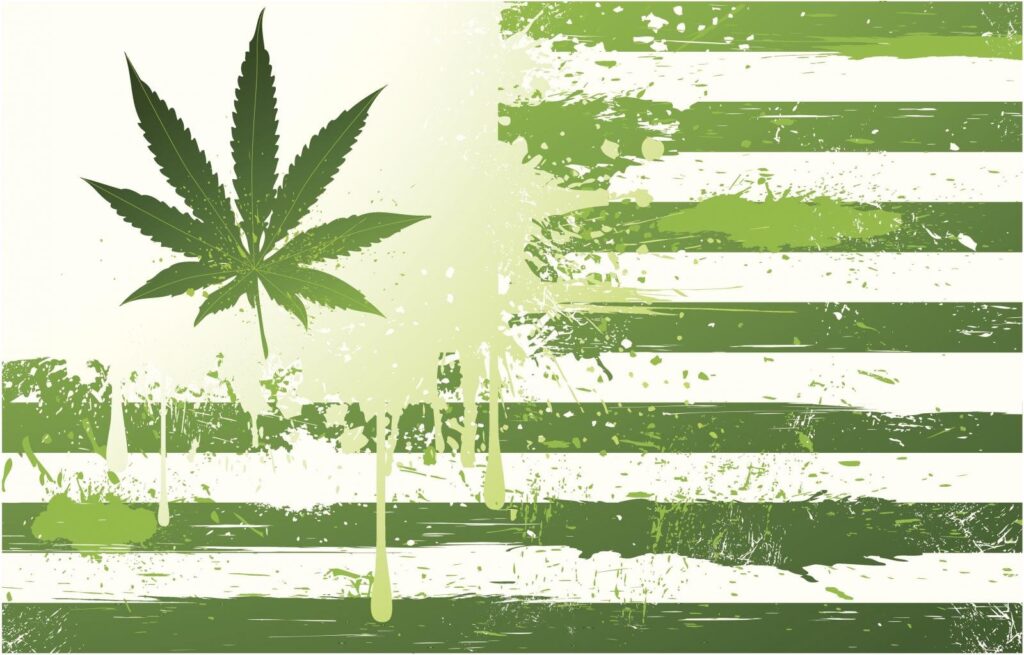Hemp and marijuana plants are the same species, with the main difference being the concentration of a specific cannabinoid. It’s a common misconception that hemp and marijuana are two different species; in fact, they are not distinct species at all.
They are simply two different names for cannabis, a flowering plant in the Cannabaceae family. Scientifically, there is no distinction between “hemp” and “marijuana,” but legally, the difference lies in the tetrahydrocannabinol (THC) content.
THC is one of many cannabinoids found in the cannabis plant and is primarily responsible for the “high” associated with cannabis.
What is hemp?
The term “hemp” refers to cannabis with a THC content of 0.3 percent or less by dry weight. The origin of this threshold dates back to 1979 when it was proposed by Ernest Small in his book “The Species Problem in Cannabis: Science & Semantics.”
Small noted the challenge in distinguishing hemp from other forms of cannabis due to their lack of taxonomical differences. He suggested the 0.3 percent rule as a potential solution, acknowledging its arbitrary nature.
This threshold was later adopted into the legal definition of hemp, including in the Agricultural Act of 2018 and other U.S. laws.
What is marijuana?
In everyday conversation, “marijuana” typically refers to cannabis that induces a psychoactive effect. This term is often used interchangeably with “weed” and various other names. Legally, “marijuana” specifically denotes cannabis with more than 0.3 percent THC by dry weight.
THC levels can vary significantly among different cannabis strains, as some are intentionally cultivated to have higher THC content than others.
Cannabis plants are categorized as Cannabis sativa, Cannabis indica, or hybrids, each purported to have distinct characteristics and effects, although scientific validation of these distinctions is still ongoing.
History and racism Between Hemp and Marijuana
The term “marijuana” is contentious due to its racist origins. In the early 20th century, heightened anti-immigrant sentiment in the United States, fueled by the influx of Mexican immigrants fleeing the Mexican Revolution, coincided with the legal importation of cannabis. Before this period, “cannabis” was the commonly used scientific term. However, in the 1910s and 1920s, “marijuana” became associated with Mexicans, who were stereotypically portrayed as frequent cannabis users.
The U.S. government capitalized on this association in anti-cannabis propaganda to reinforce negative stereotypes about Mexican immigrants. This propaganda, rife with misinformation, contributed significantly to the criminalization of cannabis in the 1930s. Today, there remains ongoing debate about the appropriateness of using the term “marijuana.”
Due to its historical ties to racism and anti-cannabis propaganda, many in the industry now prefer to use the term “cannabis” instead. However, this distinction can be confusing because both marijuana and hemp belong to the Cannabis species.
Uses of Cannabis
Although cannabis seeds themselves contain minimal cannabinoids, higher concentrations of cannabinoids are typically found in cannabis flowers, leaves, and stalks. Many seek to experience the beneficial effects of cannabis through its flowers, which can be smoked or processed into tinctures and edibles.
Cannabis strains with elevated levels of THC are known to induce a psychoactive high and are often used medicinally for pain management. On the other hand, strains low in THC but rich in other cannabinoids, such as cannabidiol (CBD), can also offer therapeutic benefits without the psychoactive effects.
Hemp, or cannabis with less than 0.3 percent THC, can also be grown to create other kinds of products, including:
- paper
- clothing
- textiles
- animal feed
- plastic
- food products, such as hemp seed, hemp milk, hemp protein powder, or hemp oil
Hemp is valued for its rapid growth compared to trees and other crops, making it a more sustainable option for producing items such as paper and textiles.
Hemp seeds are also highly nutritious, serving as a complete protein source that is rich in fiber.

